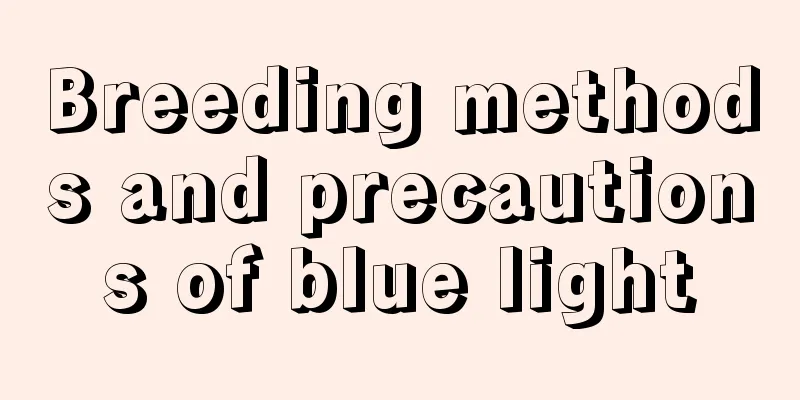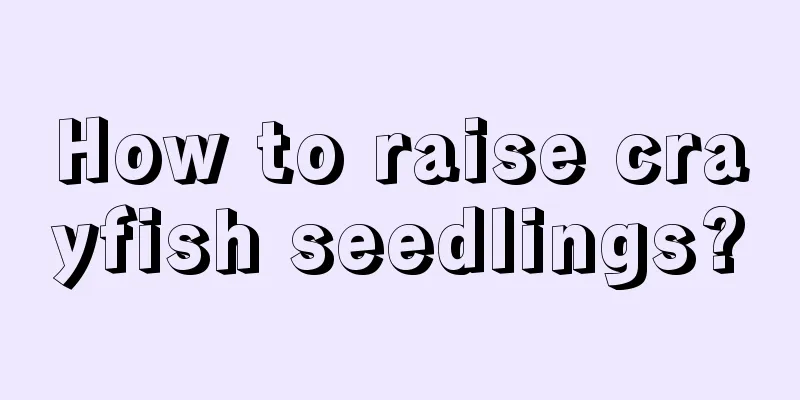Cultivation methods and precautions of yew

1. SoilThe pH value of the soil required by yew is between 5.5-7.0. Loose, moist, well-drained, fertile acidic sandy soil with high organic matter content is the best. You can mix garden soil, peat soil, and sandy soil together, and add a small amount of decomposed organic fertilizer. 2. LightingYew likes shade and needs proper shading to avoid direct sunlight to prevent water evaporation, which will cause the branches and leaves to become dehydrated and the leaves to dry out. It should be placed indoors in the summer and on the windowsill in the evening for ventilation. Although yew does not like sunlight, it cannot live without it. In climates where the sunlight is not strong, it can receive appropriate amounts of sunlight. 3. WateringThe yew tree needs more watering during the growing season and less watering during the dormant period. Specifically, water it once every 5-7 days in spring and autumn, once every 3-5 days in summer, and once every 7-10 days in winter. At the same time, it also depends on the actual growth conditions. Generally, normal yew leaves are upright and shiny. If you find that the leaves are wilted, you need to water them; if the leaves droop, it means that the water shortage is very serious and you need to water them; if you find that the sound is very hollow when knocking on the flowerpot, you also need to water them. 4. FertilizationWhen growing yew trees, it is necessary to fertilize them in time, using 0.2 catties of organic fertilizer and 0.02 catties of compound fertilizer for each plant. At the same time, you can also add some farmyard manure, cake fertilizer, etc. 5. TemperatureYew prefers a cool and humid climate environment and can withstand temperatures as low as minus 30°C. The most suitable growth temperature is 20-25°C. It does not require excessive warming measures in winter, and pays attention to shading when the temperature is too high in summer. 6. Disease and Pest PreventionUnder normal growing conditions, yew trees rarely have insect pests. If they become yellow or have insect pests, water or spray them with methyl mopshrine or potassium dihydrogen phosphate. During the rainy season, yew trees will suffer from root rot, stem rot and root rot, which should be prevented with dichlorvos. In hot and dry seasons, yew trees are prone to leaf blight and red blight, which should be controlled by spraying with Bordeaux mixture. |
<<: How to grow succulent plants Ruby
>>: The difference between Metasequoia and Yew
Recommend
Reasonable pruning of Photinia fraseri
Reasons for reasonable pruning of Photinia fraser...
How to grow jade plant more vigorously in summer?
Many people like to grow jade plants in their hom...
How to keep potted roses from withering? Are they afraid of cold?
1. How to keep it from withering 1. Suitable soil...
The difference between Chlorophytum comosum and White Tradescantia
1. Plant Differences The stem of the Chlorophytum...
Why do gardenias drop their buds?
1. Being exposed to the sun Reason: When the weat...
When does cockscomb bloom?
1. The flowering period of this plant It is an an...
What kind of crop is sesame? It is an oil crop.
What kind of crop is sesame Sesame is a kind of g...
What are the plants that ward off evil?
1. Azalea The flowers and leaves of azalea are ve...
Is it better to grow precious bamboo in water or soil?
Is it better to grow precious bamboo in water or ...
Which is easier to grow, the fortune tree or the money tree?
There is a certain difference between rosemary an...
Can asparagus fern be pruned? How to prune it?
Asparagus fern pruning Asparagus fern can be prun...
Time and method of five-needle pine cuttings
Five-needle pine cutting time The most commonly u...
What to do if the leaves of Allium orchid turn yellow
1. Poor root breathing Although it likes moisture...
For these kinds of flowers, never spray water on the leaves, otherwise they will die immediately!
Don’t spray water on Begonia, beware of leaf rot!...
How to top loquat seedlings?
Now is the season for loquats , which are a very ...









